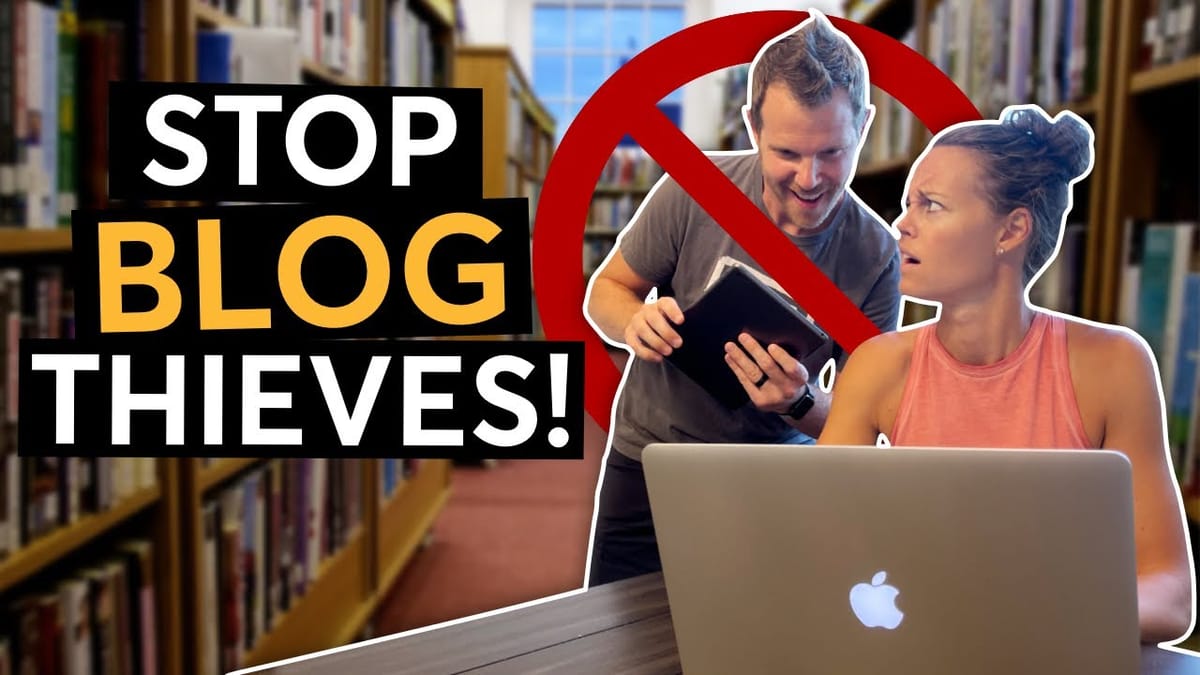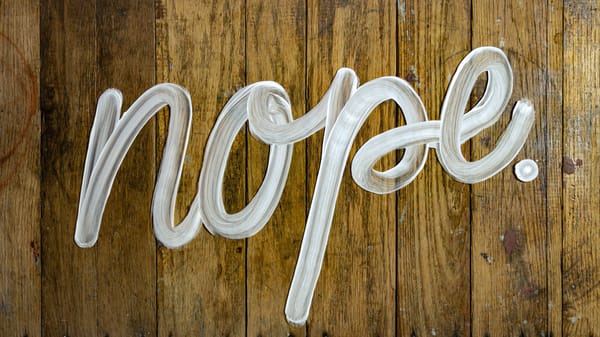How to Protect Your Blog Content from Being Plagiarized

In the digital age, content creation is king, but protecting that content from plagiarism can often feel like a battle. This guide delves into a real-life scenario where a business discovered their blog content was being scraped and plagiarized, providing actionable advice on how to combat content theft effectively.
Try Copyscape and support our content.

Identifying Content Theft
- Scenario Overview: A client noticed through conversion rate optimization tools that their blog posts were being copied shortly after publication.
- Discovery Tool: Microsoft Clarity's screen recordings revealed unauthorized content copying, highlighting the importance of monitoring tools in identifying content theft.
Initial Steps to Address Content Theft
- Communication with the Content Thief: The possibility of directly contacting the offender or blocking them from the site is discussed but found to be impractical due to technical limitations.
- Unsubscribing Offenders: For offenders identified via email marketing tools, unsubscribing them is a suggested action.
Preventative Measures and Tools
- User Experience Consideration: Advised against using tools that impair the user experience, such as disabling right-click functionality, to not deter genuine users.
- Realistic Approach to Security: Acknowledged the limitations of completely securing content from being copied, emphasizing a balanced approach to website security.
Proactive Monitoring and Reactionary Measures
- Use of Copyscape: A recommended tool for checking if content has been plagiarized elsewhere on the internet. Copyscape offers both free checks and a paid monitoring service.
- Grammarly as an Alternative: Mentioned as an alternative for plagiarism checks, though it lacks some of the automated monitoring features of Copyscape.
Responding to Plagiarism
- Identifying the Host: Advised to find out where the plagiarizing site is hosted using tools like WhoIsHostingThis to prepare for further action.
- Contacting the Host: The first step involves contacting the host to report the plagiarism, hoping for the content to be taken down.
- DMCA Takedown Notices: As a more formal and potentially costly step, DMCA takedown notices can be filed against persistent offenders, with various service levels available.
Conclusion and Best Practices
- Monitoring is Key: Regularly monitoring your content's online presence is crucial to early detection of plagiarism.
- Balanced Security Measures: Implement security measures that do not compromise the user experience of your legitimate audience.
- Legal and Proactive Measures: Be prepared to take legal action if necessary, but also understand the limitations and choose battles that impact your business.
This comprehensive guide underscores the importance of vigilance and proactive measures in protecting your valuable content from plagiarism. By employing a combination of monitoring tools, understanding the legal recourse available, and prioritizing the user experience, content creators can better safeguard their work against unauthorized use.
Try WhoIsHostingThis and support our content.






